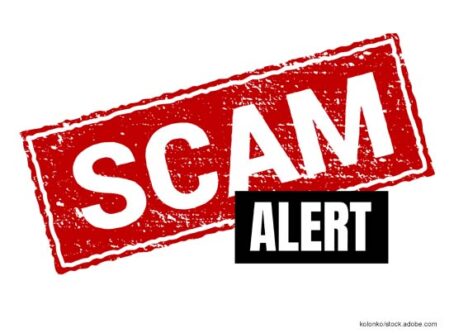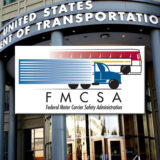Truckers to FMCSA: Brief move leads to ELD dilemma
Since the electronic logging mandate went into effect in December 2017, a frequent complaint from truck drivers has been that they can be flagged for violating the hours of service if a law enforcement officer or a shipper or receiver requires them to move their truck a short distance.
Larry Minor, FMCSA’s associate administrator for policy, told a room full of truckers last week that those kind of instances shouldn’t warrant a violation.
Minor’s comments came during FMCSA’s public listening session on hours of service on Friday, Aug. 23, at the Great American Trucking Show in Dallas.
“We’ve published regulatory guidance in the past about brief interruptions of the off-duty periods or the sleeper berth periods,” Minor said. “So if it’s truly just a brief interruption where for whatever reason the shipper or receiver needs you to reposition your tractor-trailer for five minutes or so, then those brief interruptions do not mess up your off-duty period.
“I think you would just take the opportunity to make an annotation or note to the record that, yes, the vehicle did start up and, yes, you did move it a short distance from one part of the yard to the other part of the yard,” Minor said. “So just make the notation as to that’s what happened.”
Several truck drivers responded that making an annotation may sound good in theory but not work in reality. Regardless of the note, the ELD will still be flashing that the driver is in violation. Drivers also remarked that if they are stopped, it’s still up to an individual law enforcement officer as to whether the annotation is accepted.
“My ELD is going to read on-duty, so am I free to take off even though my ELD says I still have to sit 3 hours and five minutes to take my 10-hour break,” asked Jessica Graham, a company driver from Illinois. “Because there is no way in my ELD if it goes on-duty that I can tell my ELD that it was just a quick move. It’s always going to tell me that I’m supposed to sit. So I leave, and my ELD is still telling me that I’m illegal, but you’re saying just to explain it to the officer that the note is in there.”
Minor said the agency is working with ELD manufacturers to make it easier for drivers to adapt to these kinds of situations.
“That’s one of the things that we’re continuing to work with the ELD vendors on,” Minor said. “That is that we don’t require the ELDs to designate whether something is or is not a violation, rather than just capturing what actually happened. So as long as it’s just capturing the record of what actually happened and you have the annotation, then that should leave some room for dialogue. But if it’s actually showing up violation, violation, violation, red flags, then that would be a problem. That’s an area where we are continuing the dialogue with the ELD vendors.”
Perhaps not coincidentally, FMCSA announced on Tuesday, Aug. 27 that it is hosting a public meeting on ELD technical specifications in September.
The meeting is scheduled from 9:30 a.m. until 1 p.m. Eastern time on Friday, Sept. 6, at the U.S. DOT Headquarters Building, 1200 New Jersey Ave. SE; Washington, D.C. 20590.
“This public meeting will be a forum for discussion of the minimum requirements for ELDs and is being held to help manufacturers produce ELDs that comply with the ELD rule,” FMCSA wrote in the meeting announcement. “This meeting is intended for representatives of ELD vendors to present questions and discuss issues related to the transition from automatic on-board recording devices to ELDS, to discuss the data transfer process and related technical questions, and present other issues unique to the ELD vendor community.”
When the ELD mandate went into effect, FMCSA allowed ELD vendors to self-certify.









